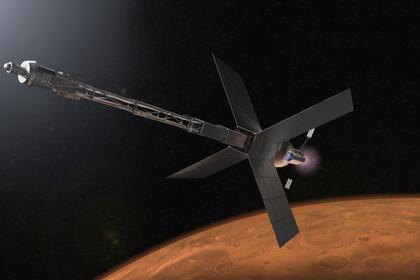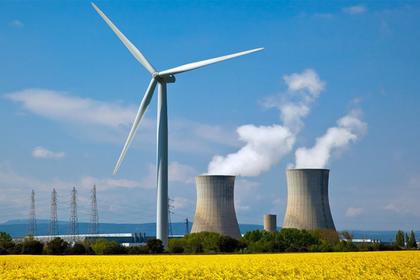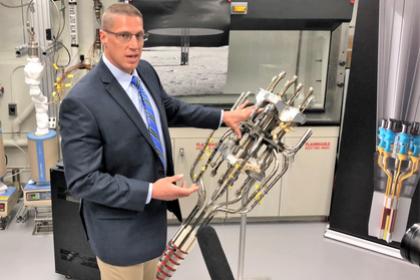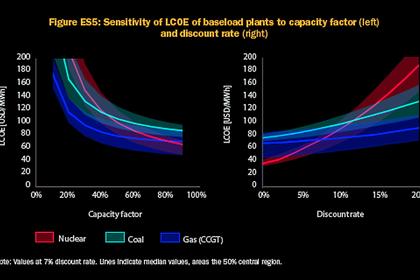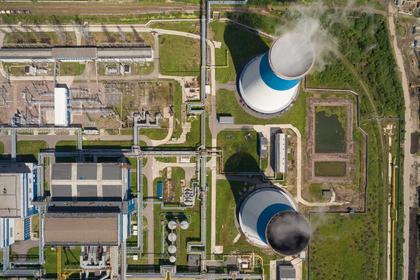
RUSSIA'S SPACE NUCLEAR
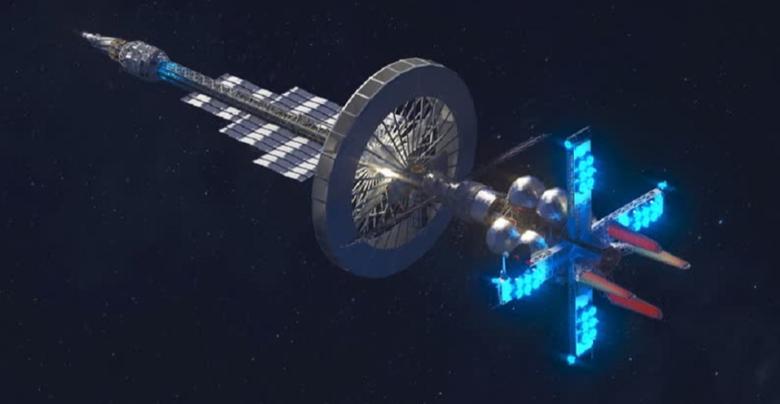
N - 18 December 2020 - Russia’s nuclear tug, Nuklon, will be able to deliver 10 tons of cargo to the Moon in 200 days, according to documents from Roskosmos, published on the government procurement website.
Roskosmos earlier signed a contract worth RUB4.2 billion ($57m) for the development of a preliminary design of Nuklon for flights to the moon, Jupiter and Venus.
The contract between Roskosmos and the St Petersburg design bureau Arsenal for the "development of a preliminary design for the creation of a space system with a nuclear-based transport and energy module (TEM)," was signed on 10 December. Previously Roskosmos revealed some details about developing a spacecraft fitted with a nuclear power module that would serve as a "tug" that could also be used for exploration of the moon’s surface.
According to the requirements for the nuclear tug, it must ensure "the implementation of a transport operation as part of an orbital complex for the delivery of a payload module weighing up to 10,000 kilograms inclusive from the initial orbit (900km above the Earth's surface) to the orbit as an artificial satellite of the moon for a period not exceeding 4800 hours (200 Earth days)".
Corresponding member of Russia’s Tsiolkovsky Academy of Cosmonautics, Andrei Ionin, told RIA Novosti that he did not see any special problems in such long delivery times. He said the cargo will be sent to the moon in advance, and their delivery by towing will be much cheaper than traditional space vehicles.
He added that systems for transporting people and goods should be separate as they are on Earth. "People do not travel in freight cars, and coal is not transported in passenger cars. While in space, both cargo and people, by and large, are transported by practically the same space systems. People need to be delivered safely and fast. As for cargo, here, the economic efficiency of delivery is important. And you just need to deliver it on time."
A nuclear reactor and economical ion thrusters will ensure low shipping costs, he said. As to the delivery time, if some cargo needs to be delivered to the moon, for example, before the arrival of a manned spacecraft with a crew, then the cargo will just need to be towed 200 days before the start of the manned expedition. He drew comparisons with the Arctic, when goods are delivered to the Far North settlements once a year, but in large batches.
Meanwhile, on 9 December the US Trump Administration announced the release of its National Space Policy, which also advocates developing and deploying nuclear power and propulsion systems on space missions.
“The President’s National Space Policy challenges us to think differently about the space domain,” said Secretary of Energy Dan Brouillette. “The Department of Energy and its 17 National Laboratories have an accomplished history in supporting the United States’ space ventures, and we stand ready to be an essential source for the science, technology, and engineering solutions needed for advancing American leadership in space.”
-----
Earlier:
